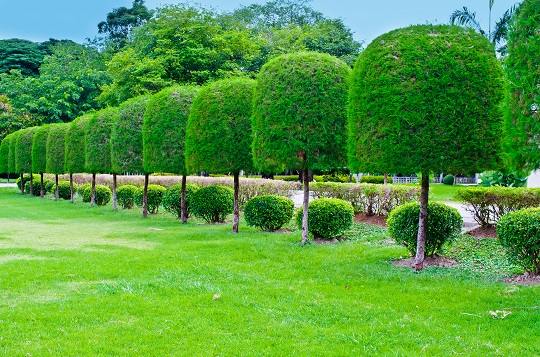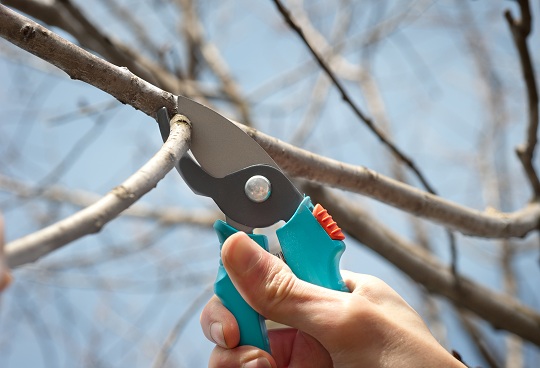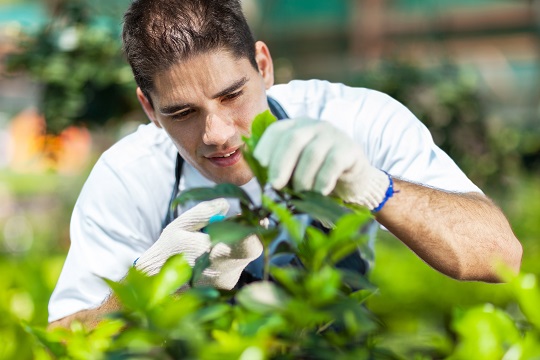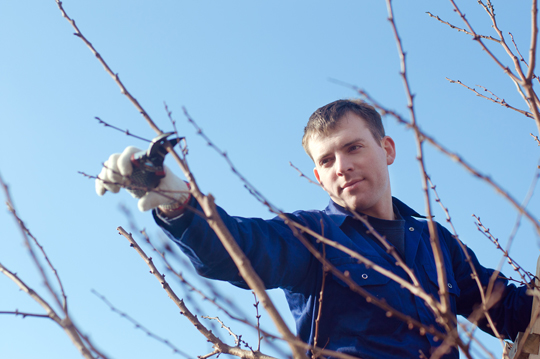Shaping trees, also known as pruning, is a beneficial practice employed for many reasons. Shaping can encourage growth, prevent disease and breakage, and improve the overall health of many tree species, both decorative and fruit-bearing. Below, you will find several tips for shaping a tree which will be useful for both beginning growers and experienced arborists alike.
What to Cut
When deciding which branches to cut, it is important to closely examine your tree.
1. Choose any branches that are growing across or rubbing against other branches. Cut these first.
2. Remove branches that are growing at odd angles or have an obviously different growth pattern from the majority of the other branches, or branches that are growing toward the center of the tree.
3. Remove any branches that appear diseased or unhealthy. Also, any branches or limbs that are broken should be removed.
How to Cut
How the branches are cut is vital to the overall health of the tree. Never make the cut so close to the body of the three that the trunk is damaged.
1. Make a clean cut at a slight angle (approximately 30 degrees) away from the trunk of the tree approximately 1” from the body of the tree.
2. It is also important to make a cut on the underside of any large branches before making a cut to the top of the branch. Using this method will reduce the possibility of bark stripping on the underside of the branch.
3. When shortening a branch, make the cut at a side branch or a short distance above a bud.
When to Cut
Remember that shaping trees, or pruning, is best done in the late winter or early spring before the tree has started to bud.
Safety is important when shaping trees as significant injury can occur. Always wear appropriate safety gear including goggles, gloves, long pants and sleeves, and a hard hat if working with large branches.
Additional Help
If you would like a tree services professional, use TalkLocal! We will connect you with up to three high quality professionals in your area.











